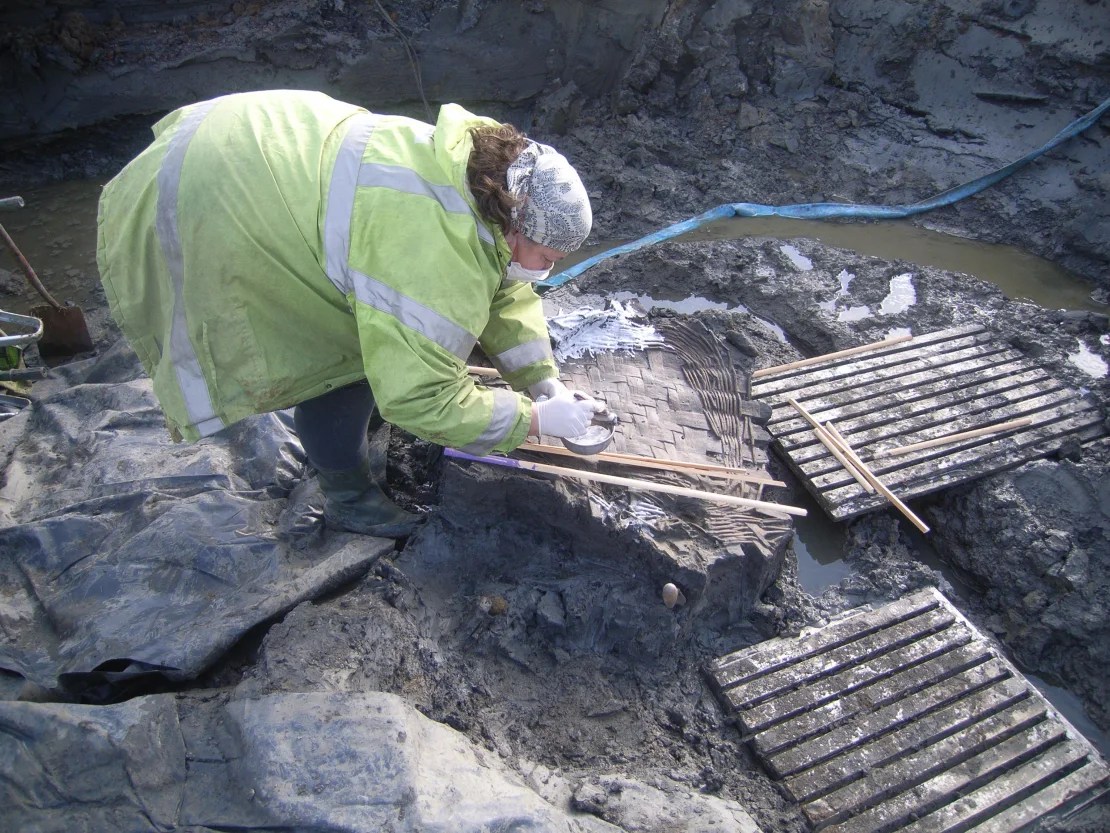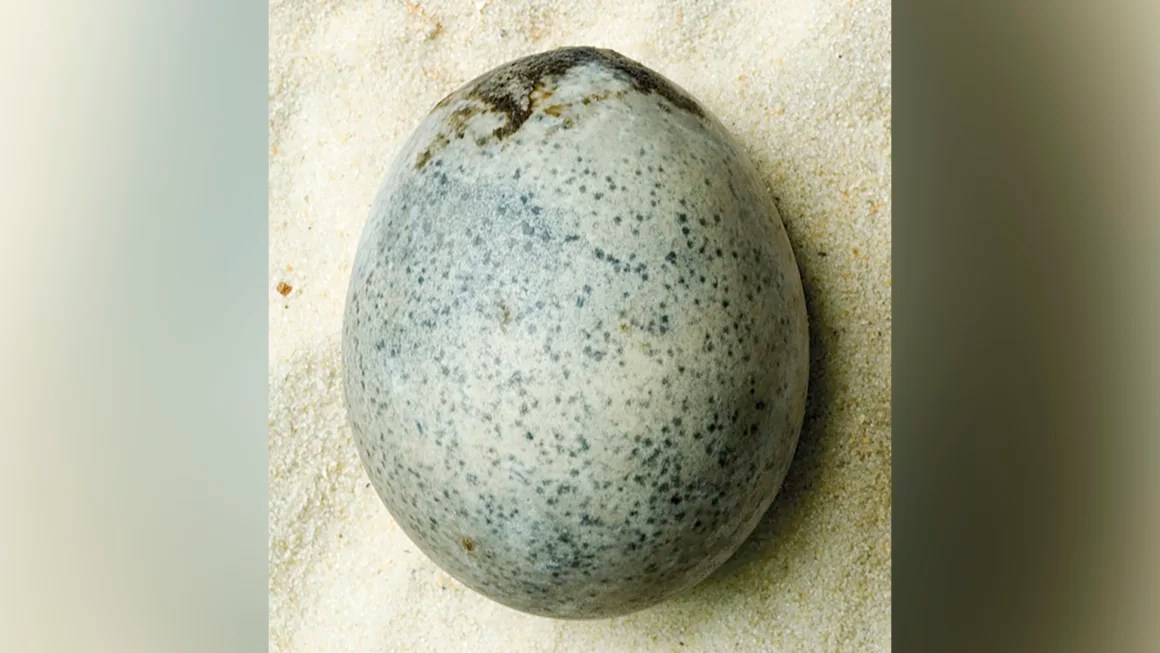(CNN) — Researchers have understood one of the mysteries hidden inside the egg Roman: Its liquid remains after nearly two thousand years.
“This Egg “Oldest accidentally preserved bird I've ever seen,” Douglas G.D. Russell, senior curator of bird eggs and nests at the Natural History Museum (NHM), was asked about the best way to preserve an ancient egg. It's fascinating.”
He noted that there are still old eggs inside, such as the mummified eggs at the NHM that were excavated in Egypt in 1898, but there are no older examples of naturally preserved eggs.
The egg was first discovered in 2010 along with three others during an Oxford Archaeological Trust dig in Aylesbury, England, about 80 kilometers northwest of London, senior project manager Edward Biddulph told CNN on Monday.
Pottery and other artifacts found next to the egg date back to the late 3rd century AD, allowing archaeologists to estimate its age as well, Biddulph added.

A woven basket, believed to have contained bread, was found near the eggs. Credit: Oxford Archaeology
Located in a well that was used to supply water for malting and brewing until 270 AD, archaeologists believe the eggs were left there as a gift to the gods after the well fell into disuse, Biddulph said.
“These types of areas in the Roman world tended to promote rituals…such as offerings to the gods or good luck, much like people throw coins into fountains today,” he added.
Three of the four eggs found were intact, but given their extreme fragility, two cracked upon removal from the moist conditions, preserving them well and emitting a “sulfurous aroma,” the archaeologists said in a statement. Time.
It wasn't until August that researchers discovered liquid inside the remaining single egg, Biddulph, in collaboration with the University of Kent, said conservator Dana Goodburn-Brown, who had commissioned conservator Dana Goodburn-Brown to look at the egg's yolk and white surprisingly. They were still there.
“I never saw anything like it,” said Biddulph. “It's amazing, it looks so modern, it looks so new.”
Dealing with such a fragile and precious invention has sometimes made Biddulph's “heart in his mouth.” Goodburn-Brown said it was particularly “nervous” when it was taken for inspection in a special compartment on London public transport, but the egg remained largely safe in her offices.

Micro-CT of the egg showed still fluid. Credit: Chris Dunmore and the University of Kent Center for Life Sciences Imaging
“In the future, it will be exciting to see if we can use the modern imaging and analysis techniques available at NHM to shed more light on which species lay eggs and their potential archaeological significance,” said Russell.
Biddulph added that after creating a 3D model, in a process similar to blowing an egg, a small hole is created in its shell and the researchers plan to carefully extract the liquid to examine it better.
“No one has ever seen anything like this before, so each phase of the investigation creates new moments of incredible energy,” he said. “It's very exciting”.



:quality(85)/cloudfront-us-east-1.images.arcpublishing.com/infobae/DYRQWUXU2VHMHNIVOD22JCU2KU.jpg)
:quality(85)/cloudfront-us-east-1.images.arcpublishing.com/infobae/HVMMKV4KMVDNVJD5W5F7GK4AHY.jpg)
